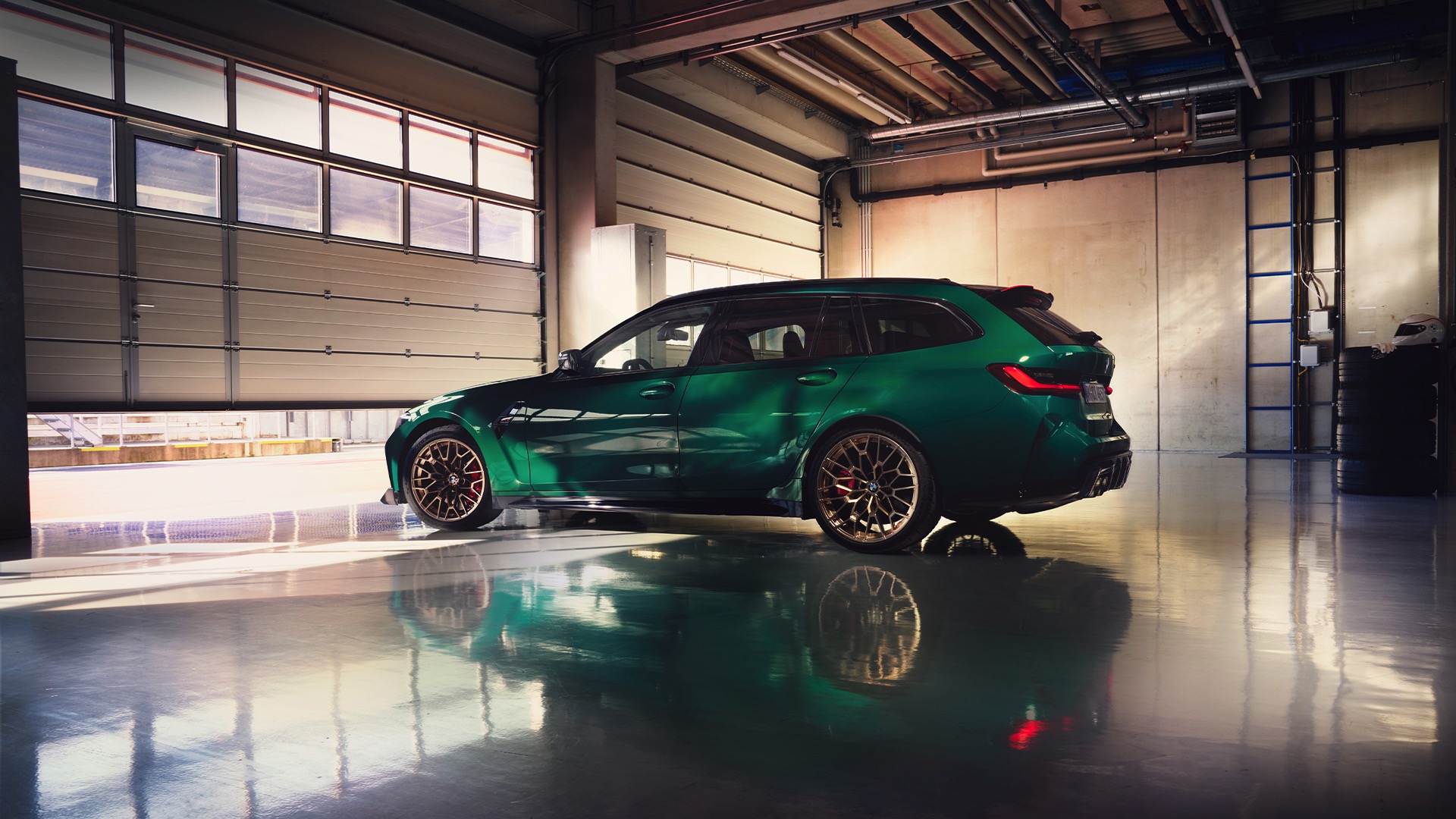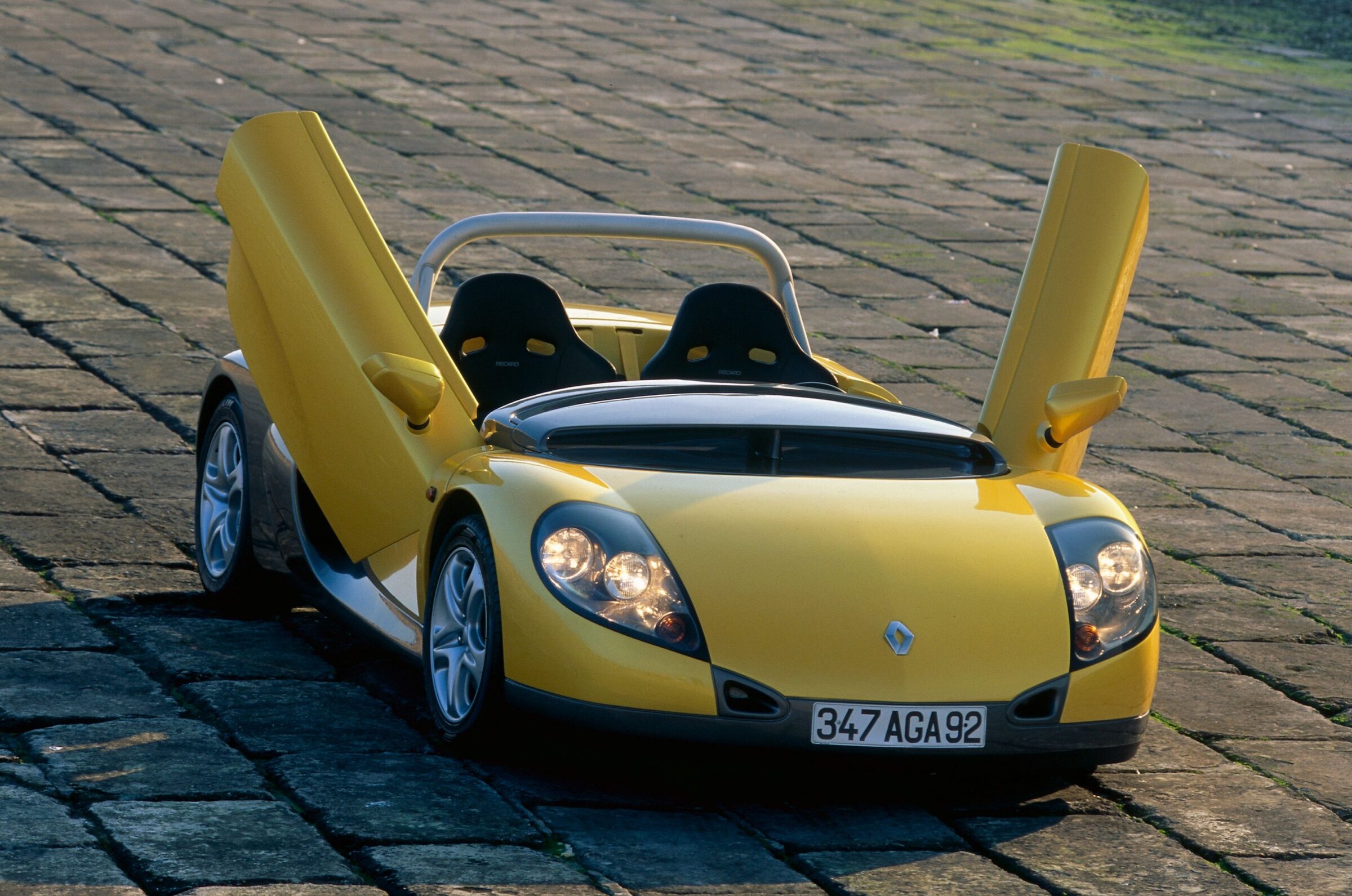60 Years of Ferrari 250 GT SWB
In 1952 Ferrari introduced the 250 model family. The Italians used various offshoots in racing, others, such as the 250 GT/L ‘Lusso’ or the 250 California Spyder, were aimed at the rich and famous. The 250 GT Berlinetta ‘Passo Corto’ made its debut at the Paris Motor Show 1959. Today it is better known by the abbreviation ‘SWB’ for Short Wheel Base. A new tubular frame chassis made of oval steel tubes was developed under the designation Tipo 593. Compared to former 250s, the wheelbase was shortened by 200 millimeters to 2.4 meters. Initially, there was only the ‘Competizione’ variant for motorsport events, which can be recognized from the outside by the missing bumpers and sliding windows as well as full aluminium bodies. In 1960 Ferrari added the ‘Lusso’ version for private customers without racing ambitions. The bodywork was made of steel, while doors and hoods were made of aluminium. However, many owners still used their cars at motorsport events because even the higher weight of the leather upholstery and bumpers didn’t limit competitiveness too much. The ‘Lusso’ was also necessary to officially homologate the ‘Competizione’.
In front, the wheels hang on double wishbones with coil springs and hydraulic telescopic shock absorbers, either from Koni or Miletto, as well as anti-roll bars. A rigid axle guided by trailing arms with longitudinally mounted, semi-elliptical leaf springs and telescopic shock absorbers holds the rear wheels. Under the long bonnet sits a further development of the V12 engine developed by Giacomo Colombo with a displacement of 2,953 cc and a cylinder bank angle of 60° with one chain-driven overhead camshaft on each side. While in the ‘Lusso’ three Weber dual carburettors were used, in the ‘Competizione’ there were six of them. Thus the power lies between 177 kW/240 hp and 216 kW/293 hp in the final competition cars. These appeared in 1961 as a further development of the ‘Competizione’ and internally was known as the ‘Competizione/61’, but is today better known among brand fans as ‘SEFAC Hot Rod’. SEFAC is the abbreviation for ‘Scuderia Enzo Ferrari Automobili Corsa’. In addition to the higher engine power, the weight was reduced by using tubes with less wall thikness for the frame and using thinner aluminium sheets for the bodywork. The side and rear windows were made of plastic.
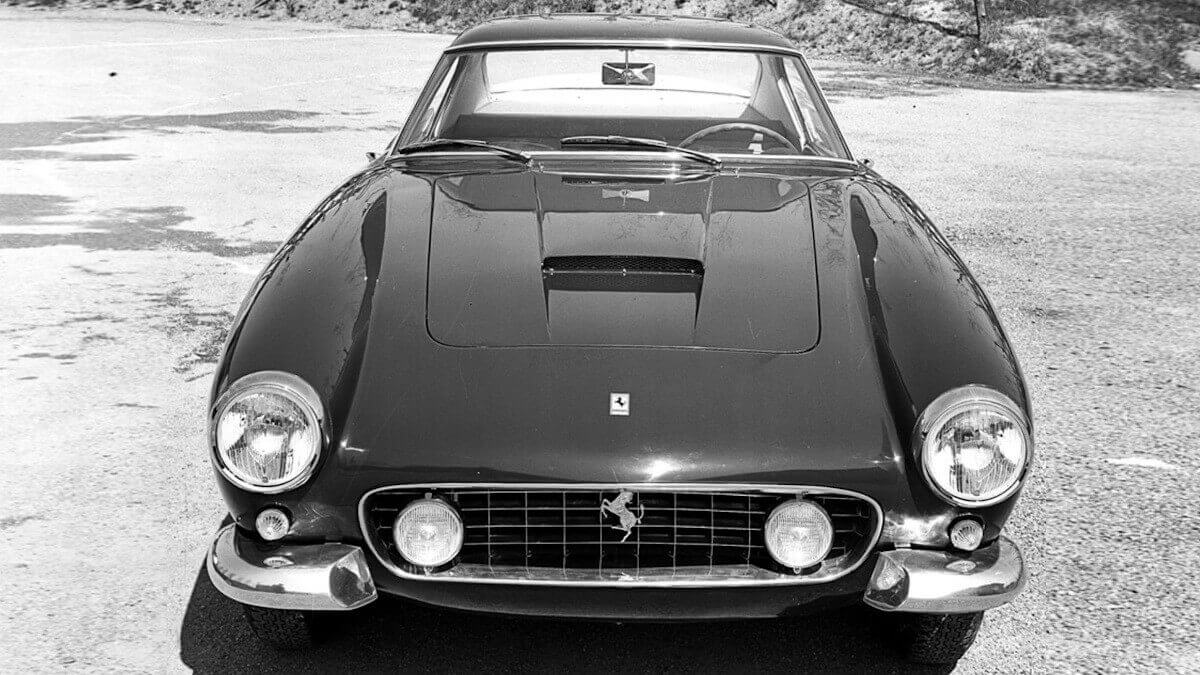

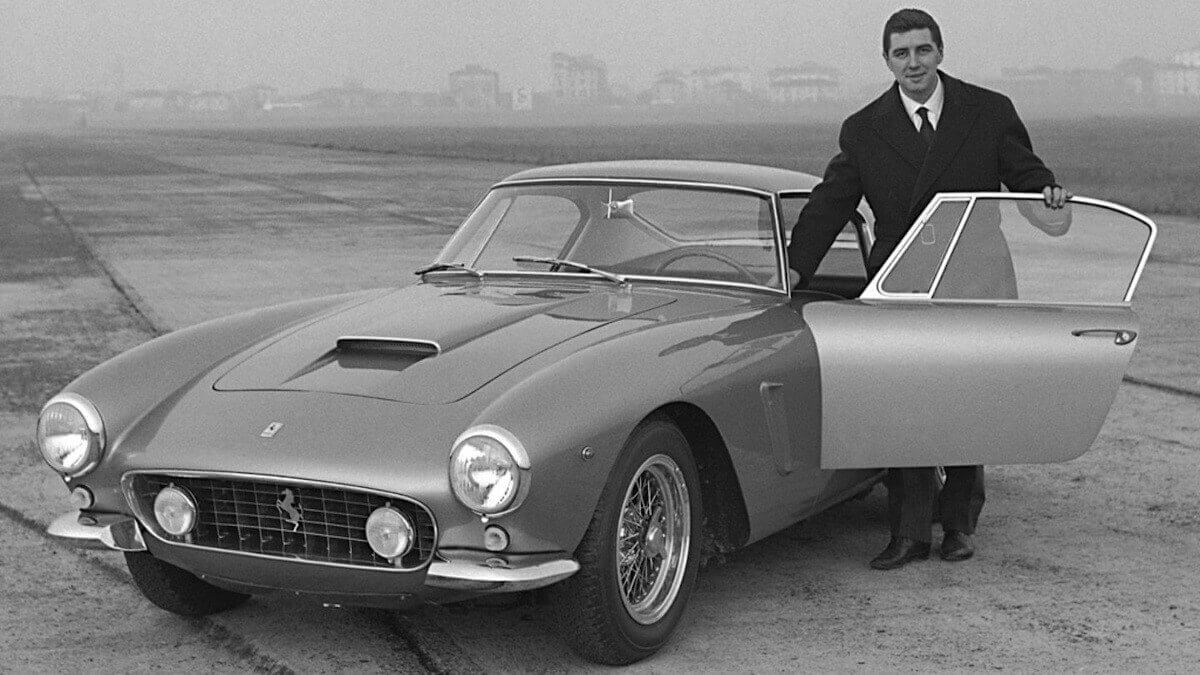

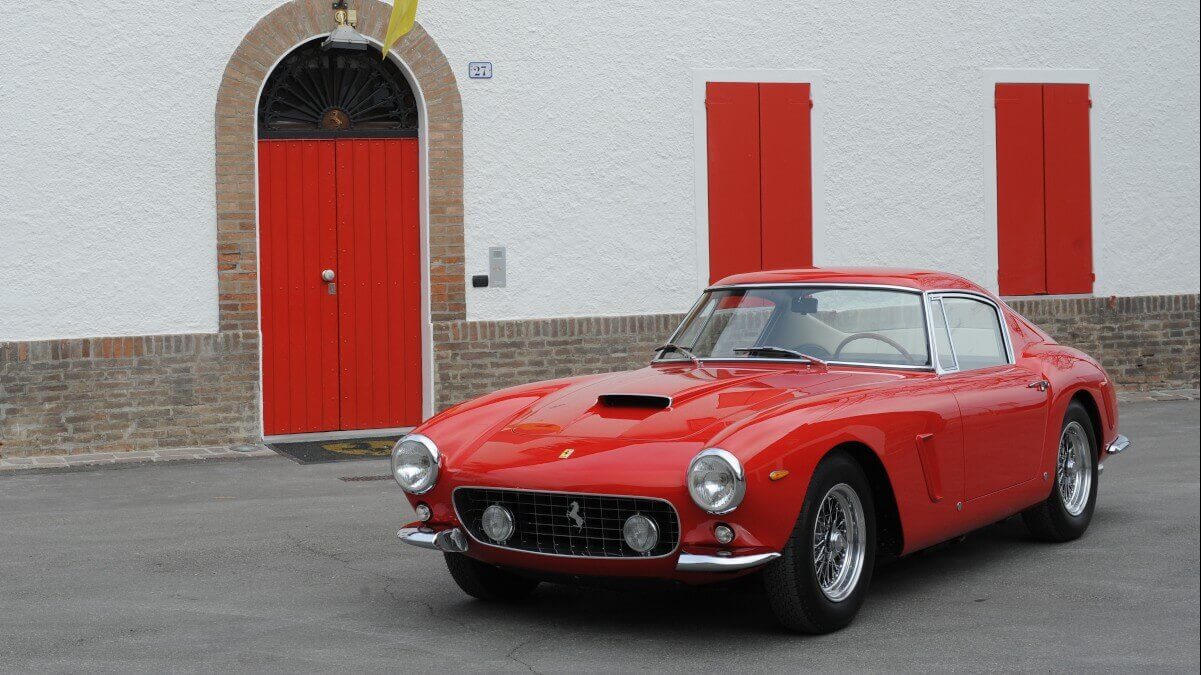

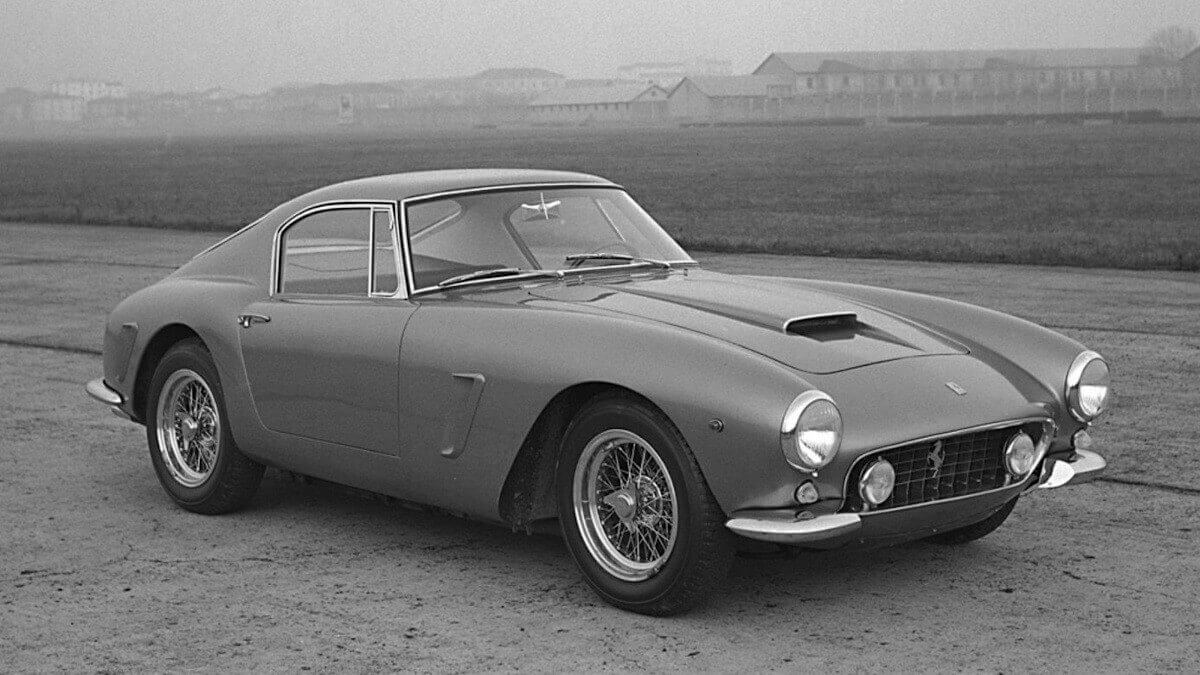

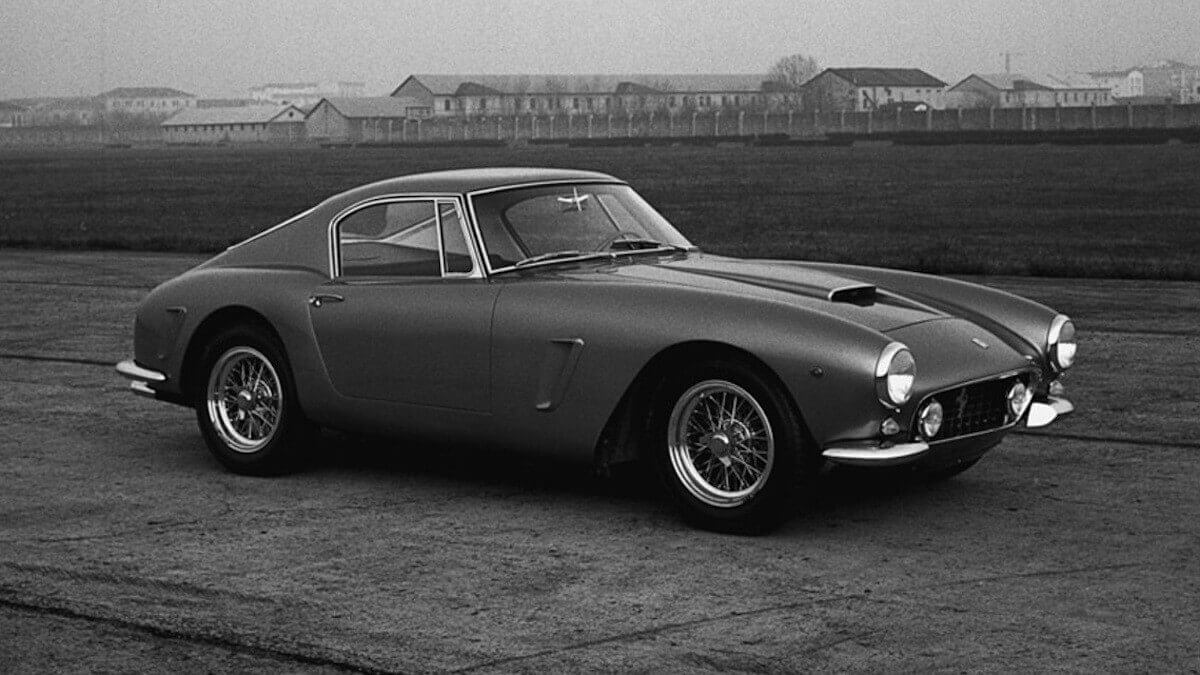

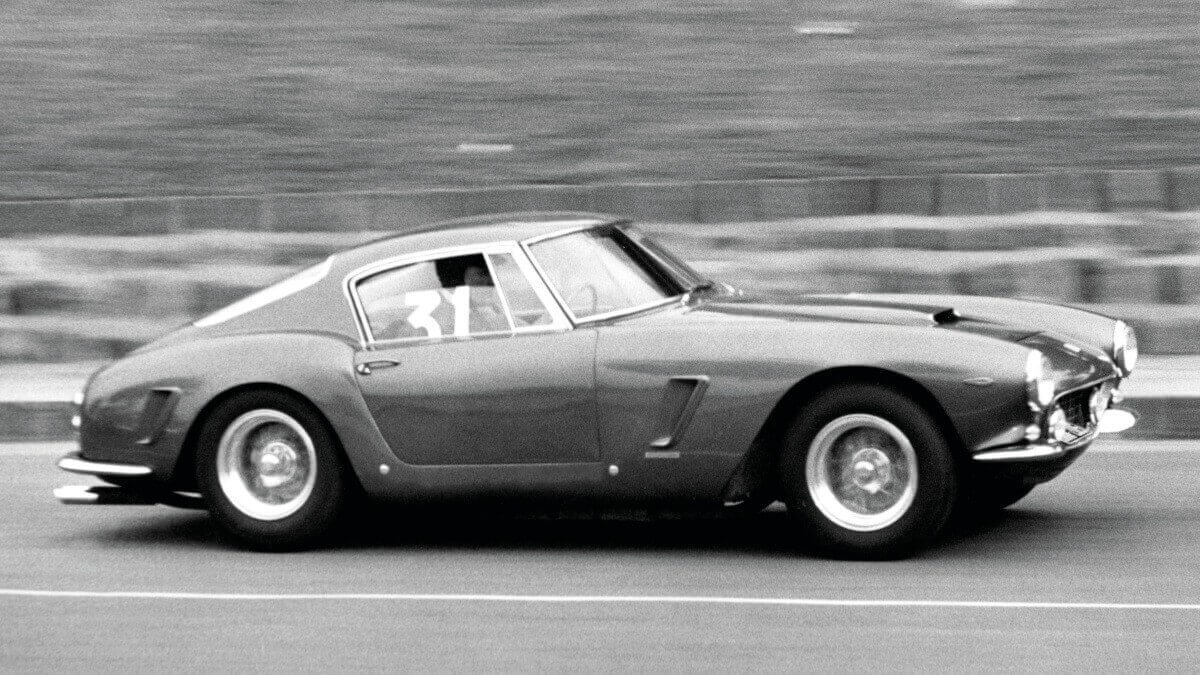

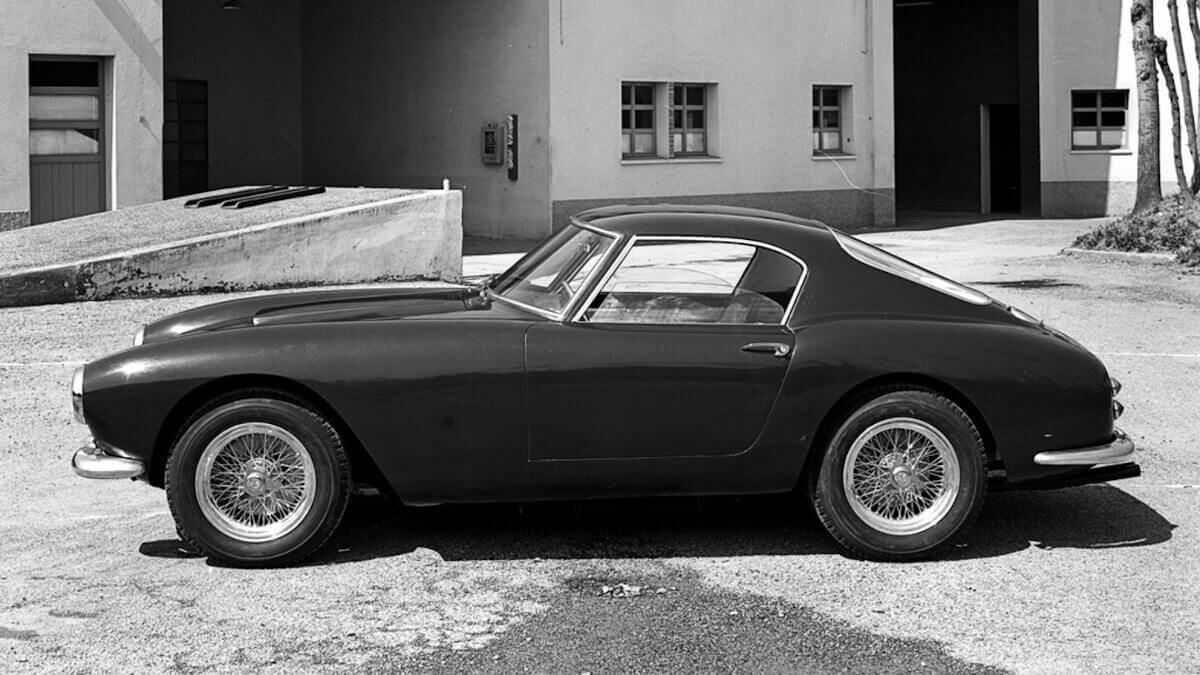

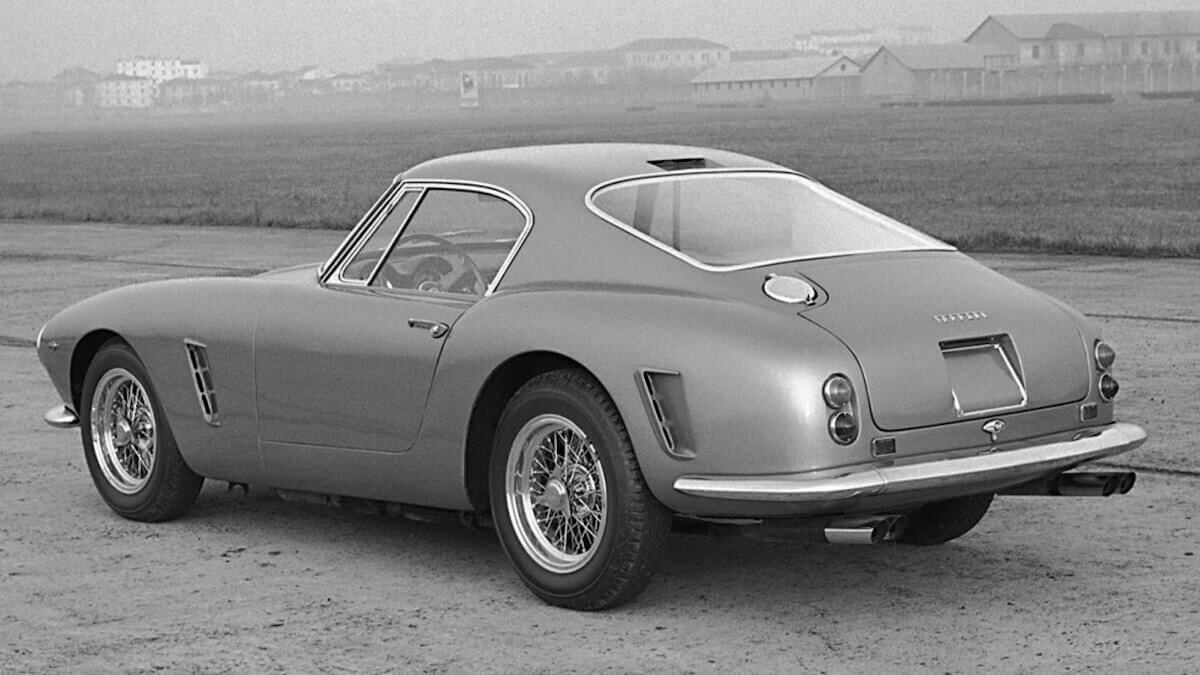

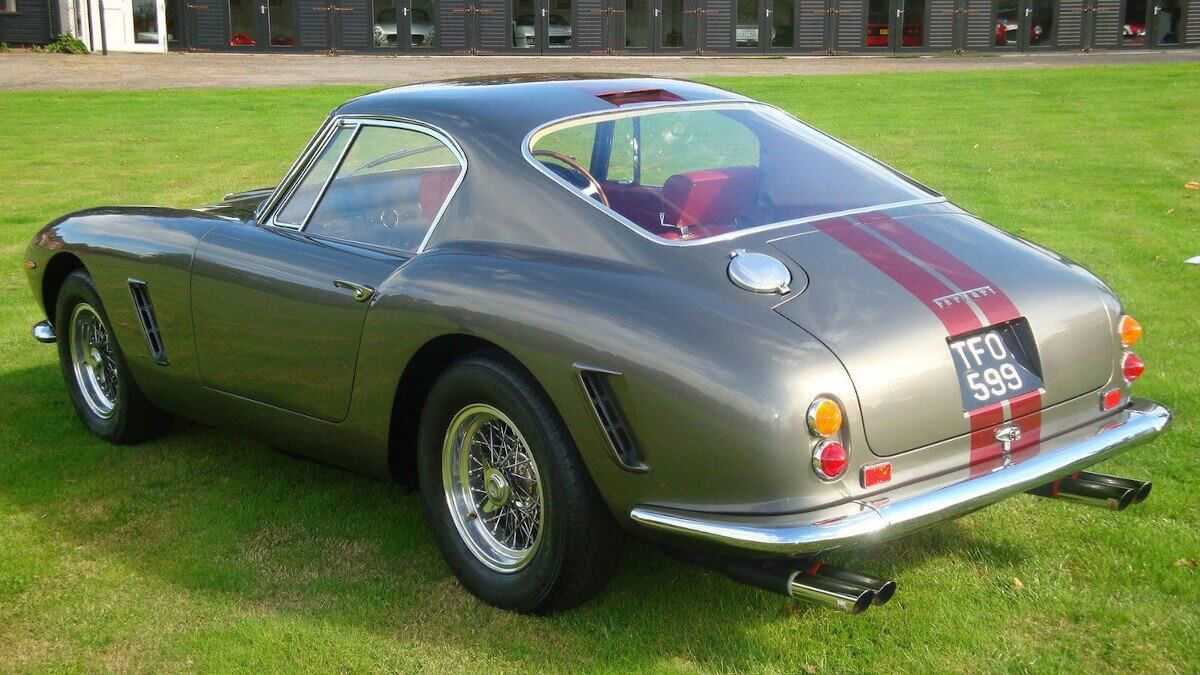

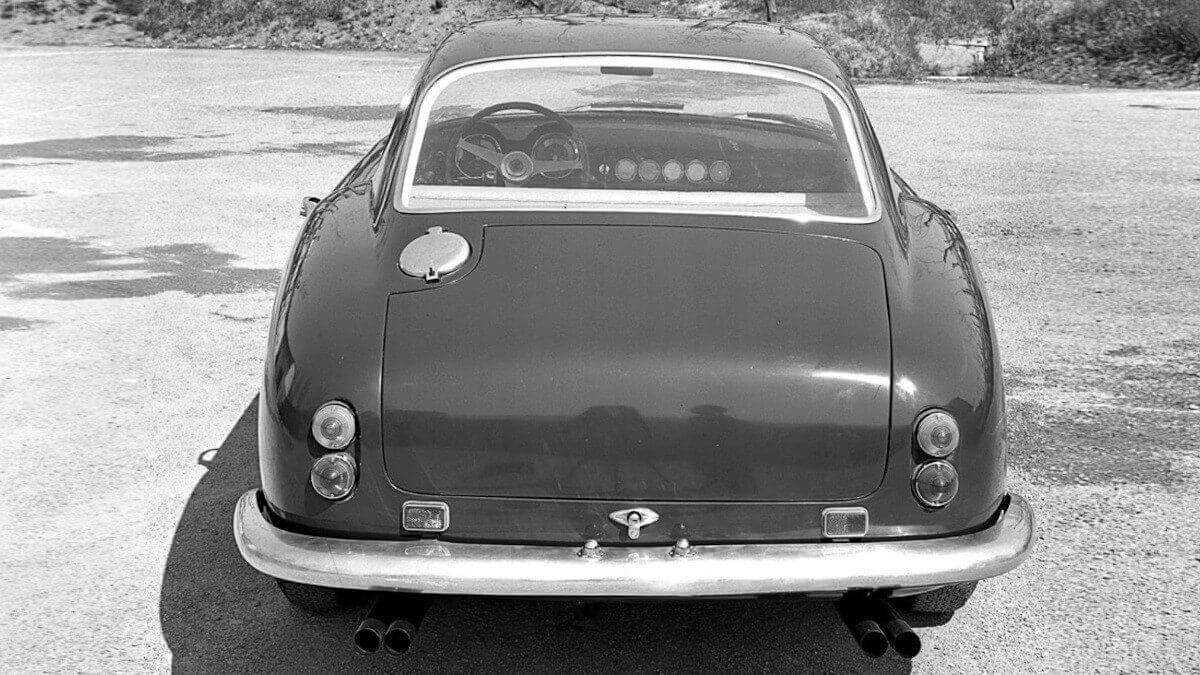

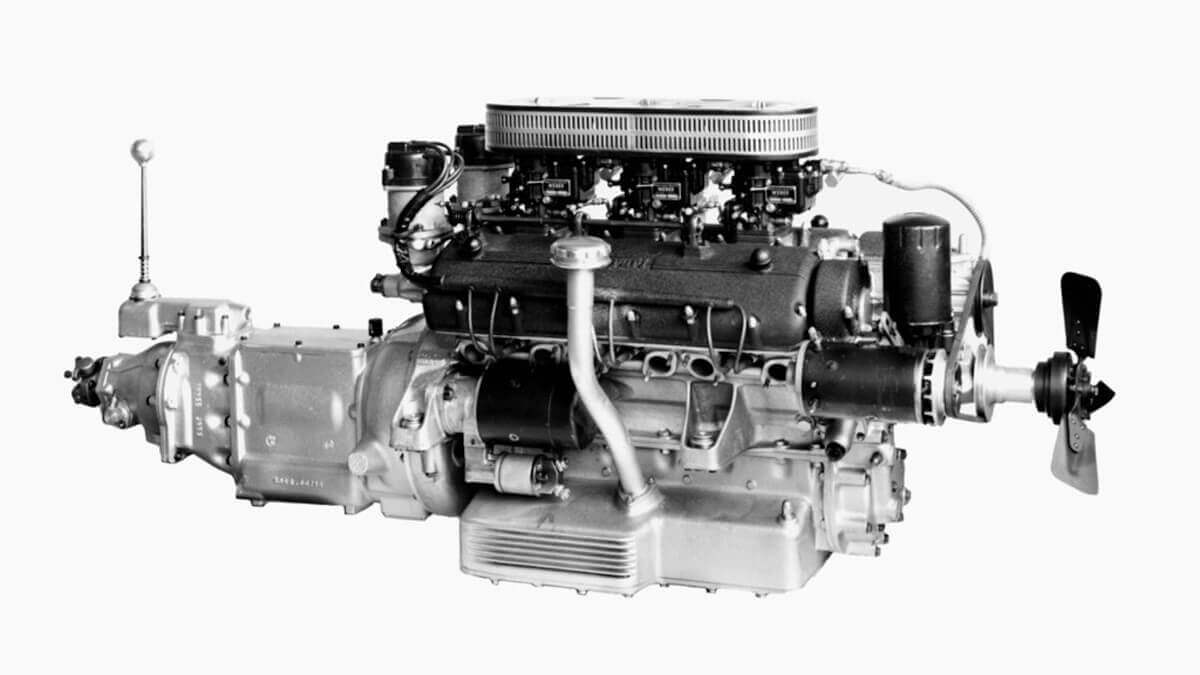

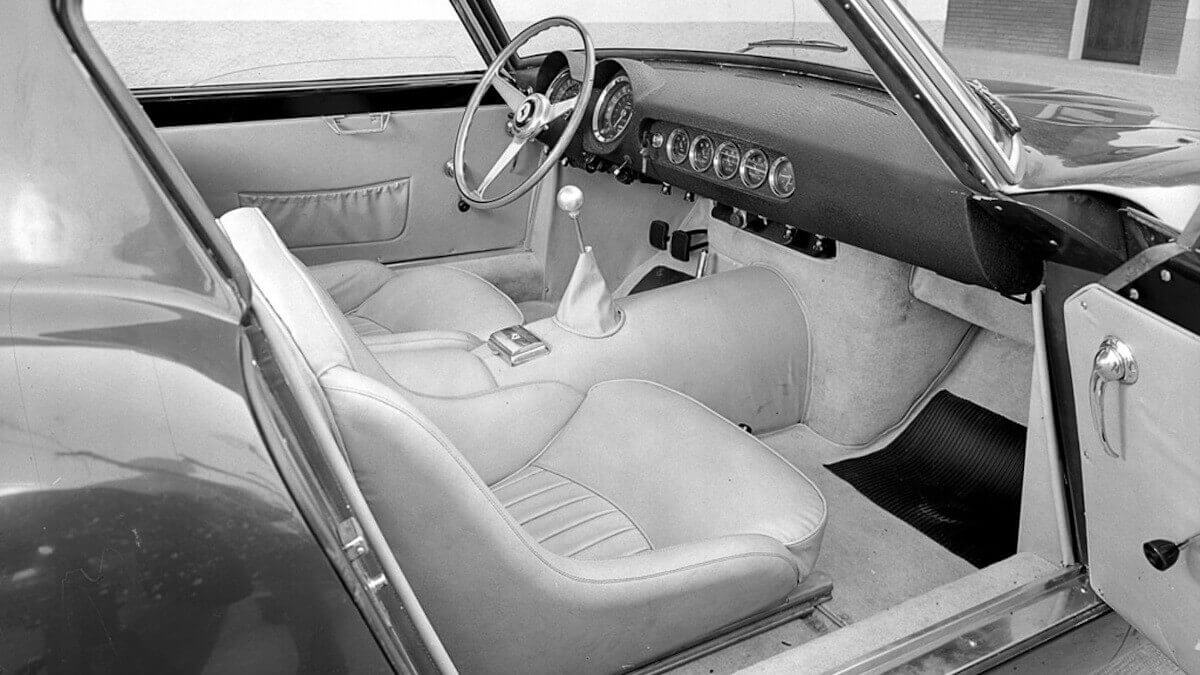

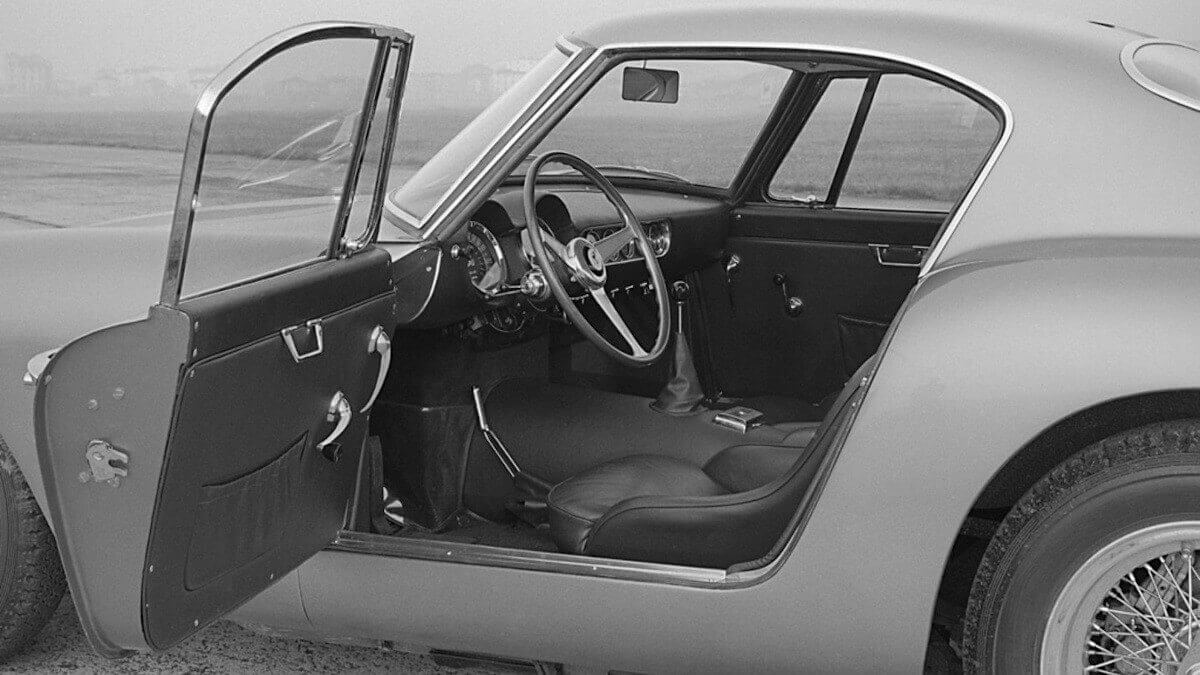

Right from the beginning in 1960, the factory team began using the 250 GT ‘Passo Corto Competizione’ successfully in motorsport. Willy Mairesse and Wolfgang Seidel won the first victory for this car type at the Grand Prix de Spa in Belgium. This was followed in the same year by a class win in addition to places two to four at the 24 Hours of Le Mans, an overall victory at the Tour de France for automobiles and a victory at 1000-kilometers of Paris. The following year, the ‘SEFAC Hot Rod’ models won the GT class at the 24 Hours of Le Mans and the RAC Tourist Trophy, among other events. Sir Stirling Moss had already won the latter event in 1960, so his name is closely linked to the 250 GT SWB. Other well-known racing drivers who successfully raced the car, were Lucien Bianchi, Olivier Gendebien, Pierre Dumay, Fernand Tavano and Georges Berger. In 1961 Ferrari won the manufacturer’s title of the World Sports Car Championship with the 250 GT SWB. Private drivers continued to use the ‘Passo Corto’ for a long time, while the factory team switched to the newly developed 250 GTO in 1962.
A total of 167 Ferrari 250 GT SWB in all variations were produced. About 45 of them were ‘Competizione’, about 20 ‘SEFAC Hot Rod’ and about 100 ‘Lusso’. If you add them up, you’ll find a difference and that’s right, as sadly nobody really listed which car was which from the beginning. While the above mentioned versions were all bodied by Scaglietti, also some vehicles and chassis went to external coachbuilders. Pininfarina created a total of six Coupés, Giorgio Giugiaro as head of design at Bertone another two. Subsequently, individual one-ofs such as the ‘Breadvan’, a Drogo Coupé (Carrozzeria Sportcars) as well as a GT and a Spyder from Nembo (Neri e Bonacini) and possibly also a two-seater convertible from Zagato were produced on existing cars. Experts do not agree on whether the chassis of the 250 3Z by Zagato came from a Berlinetta SWB or even from a California Spyder.
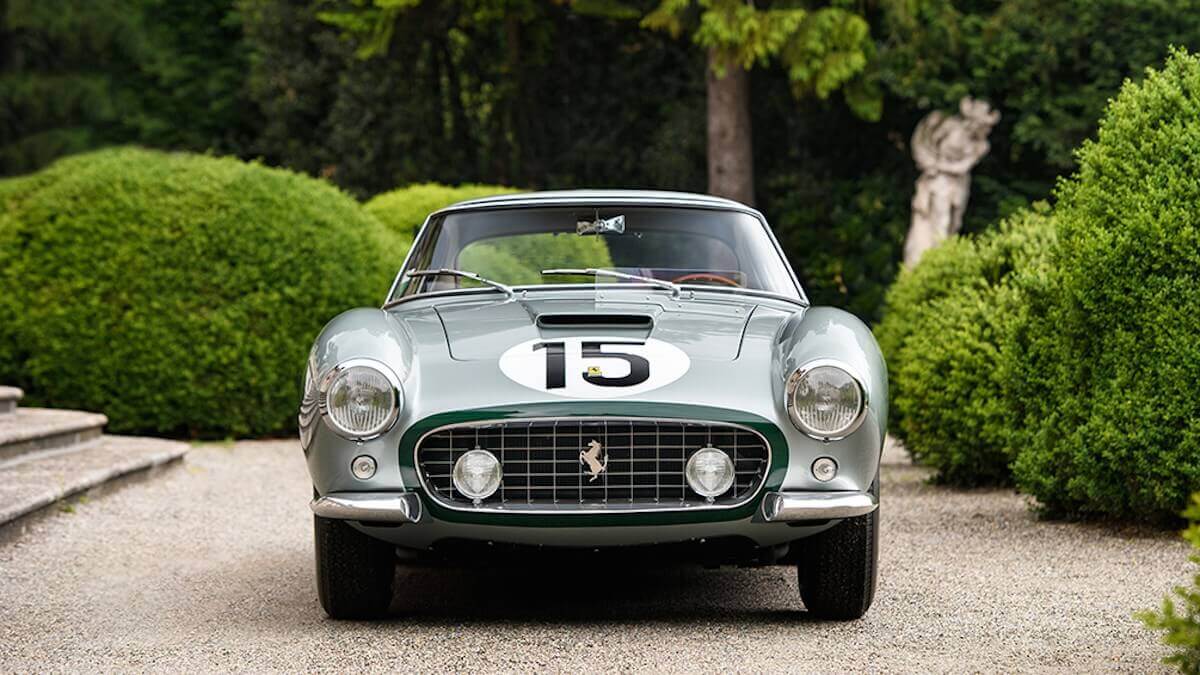

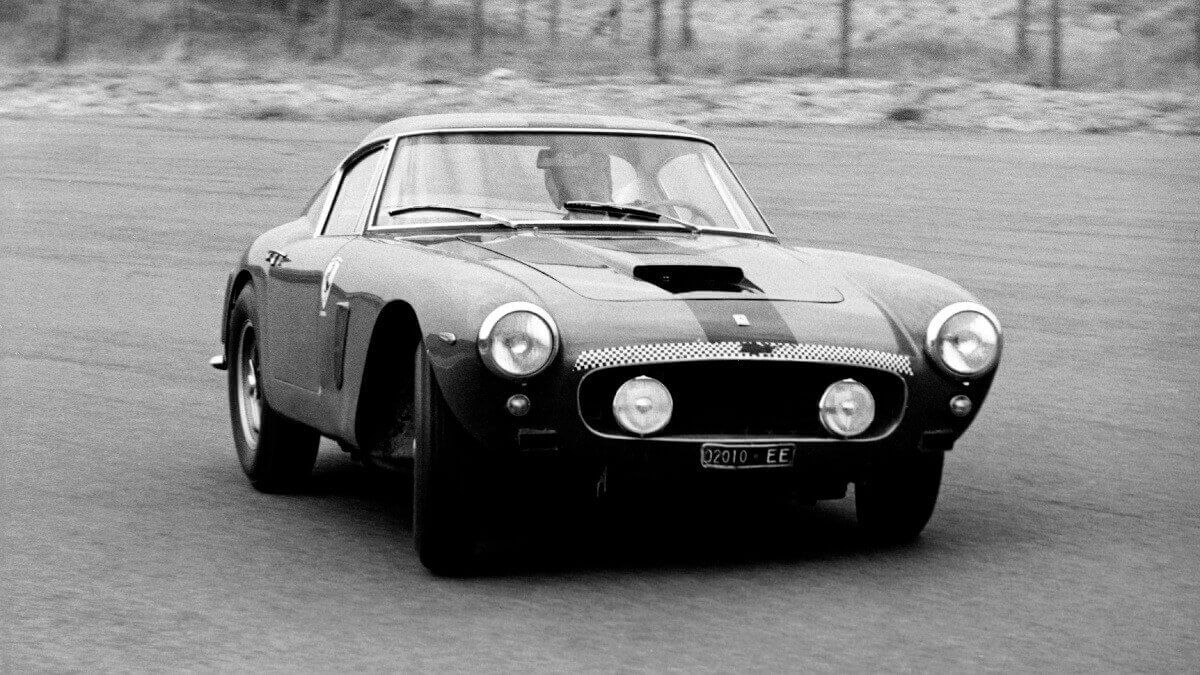

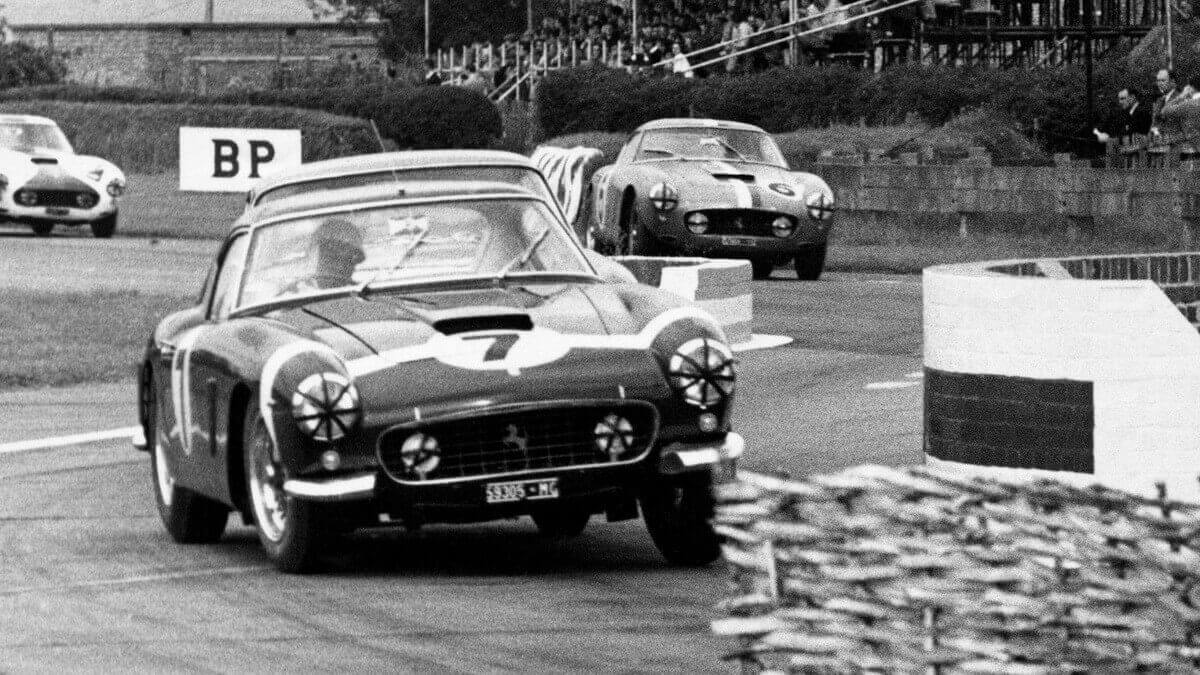

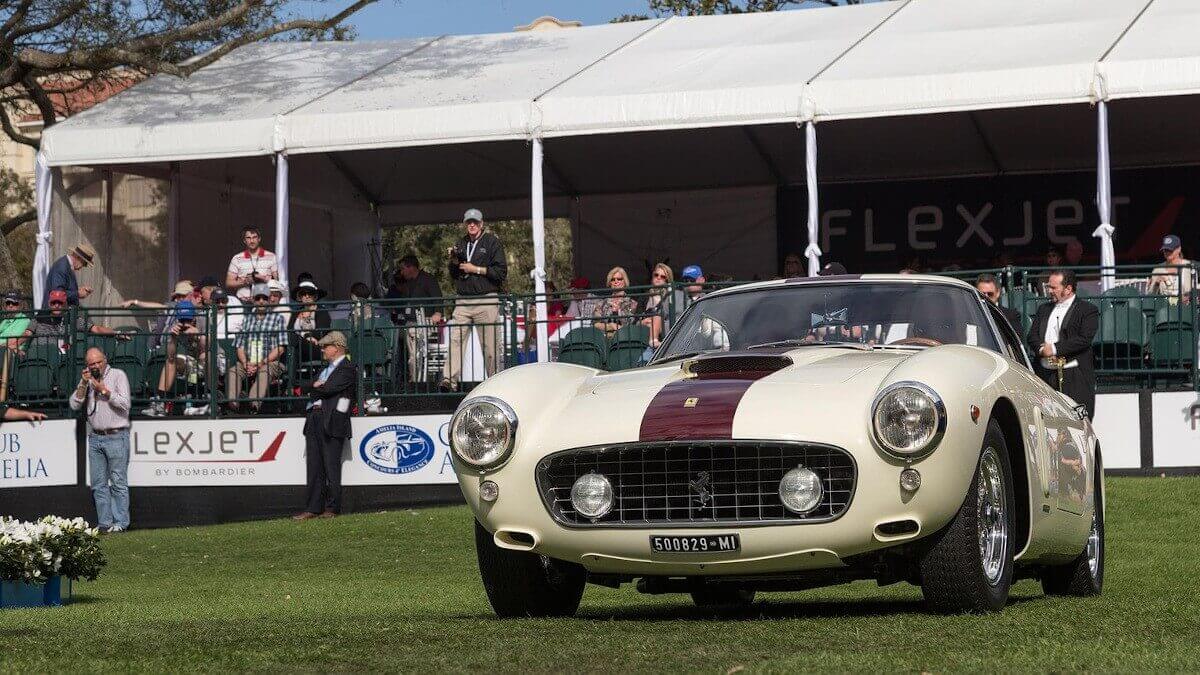

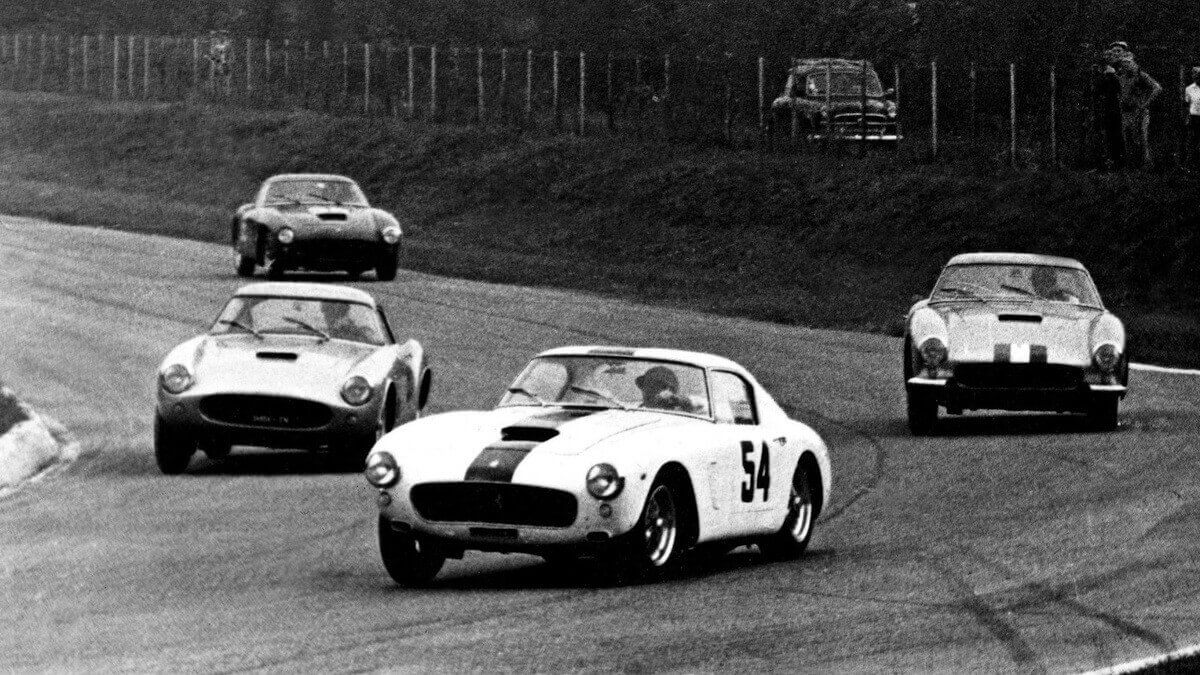

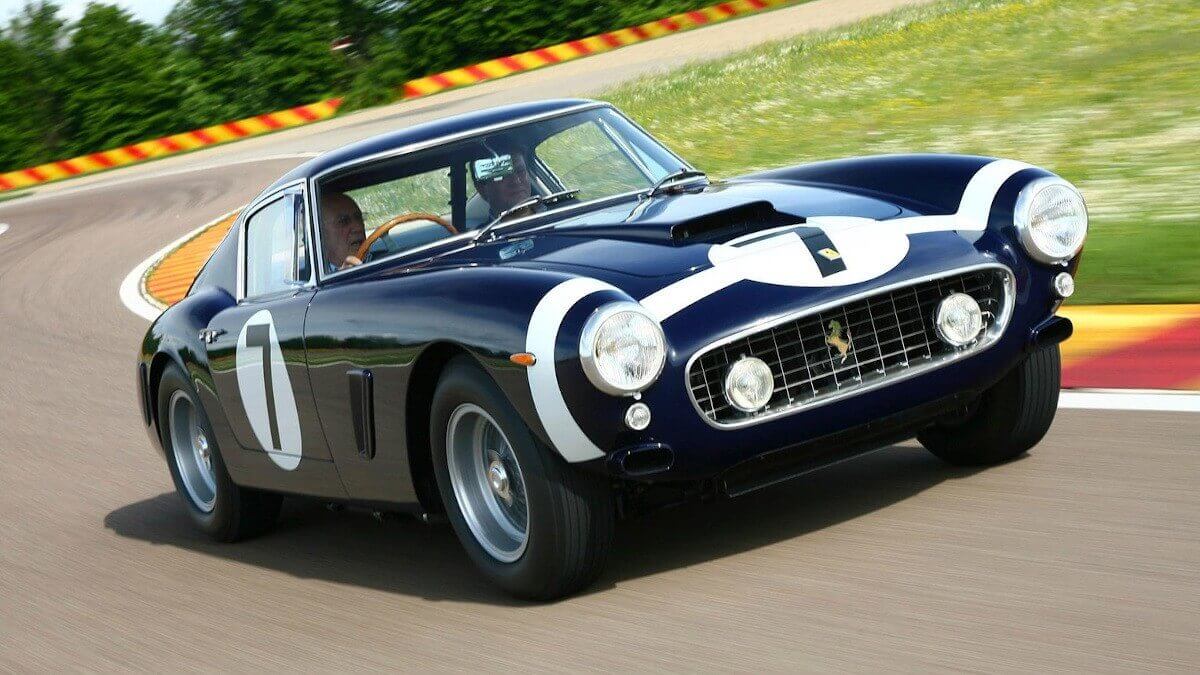

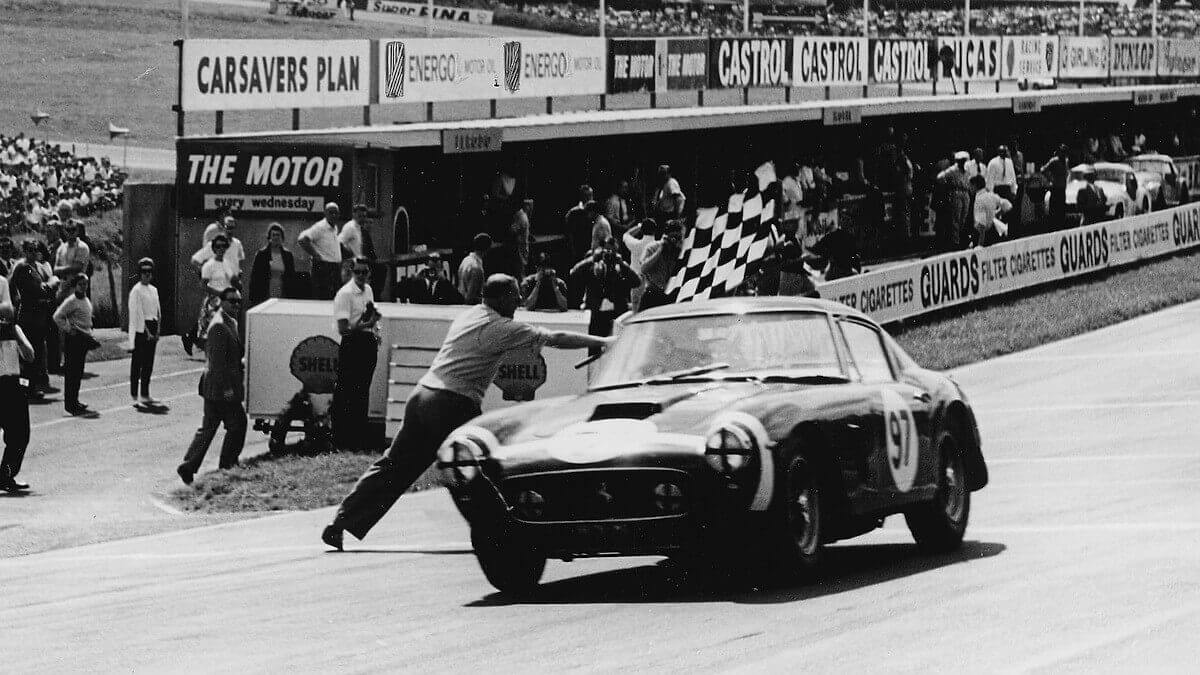



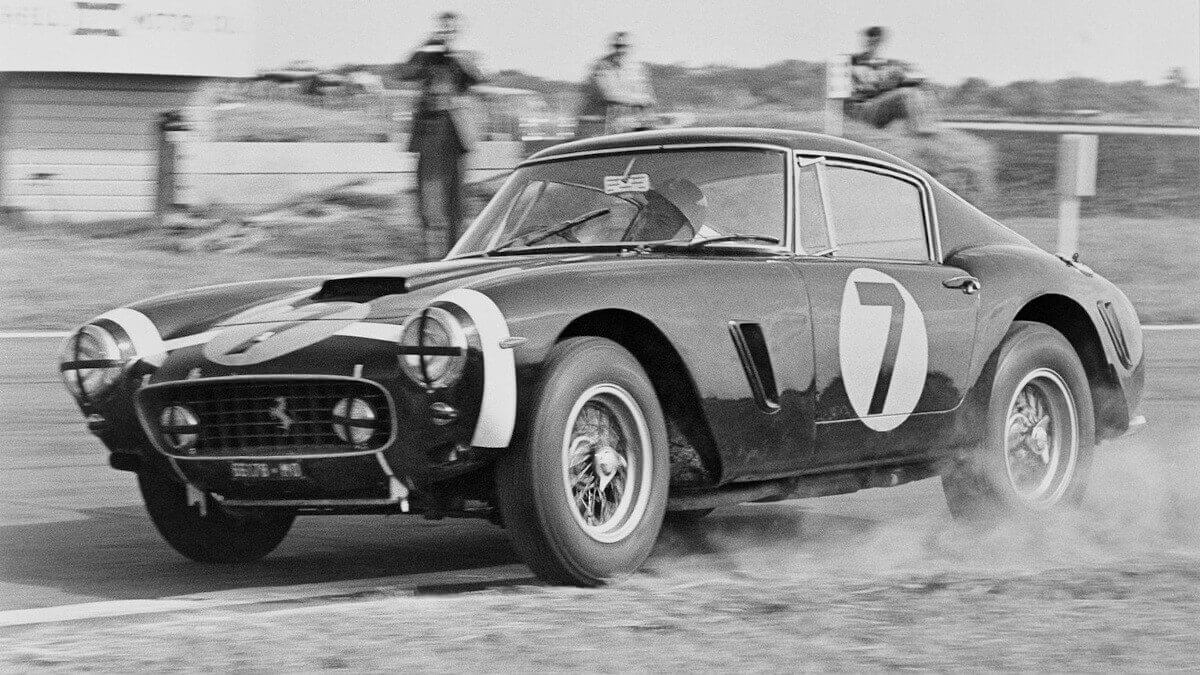

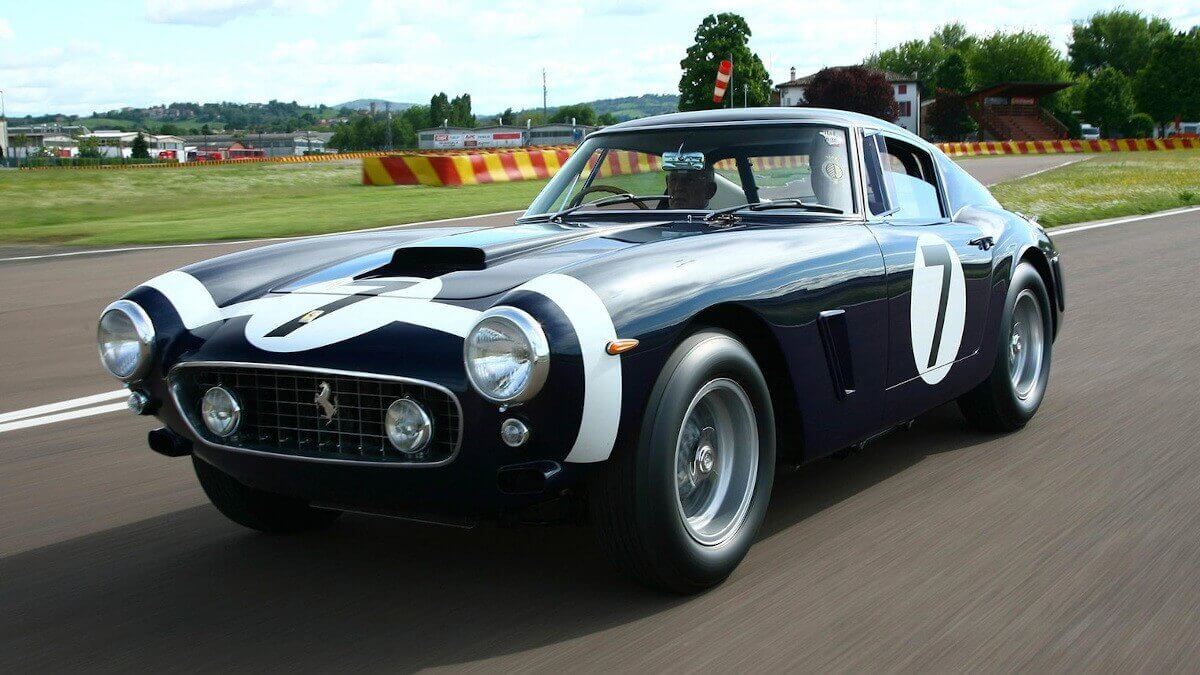

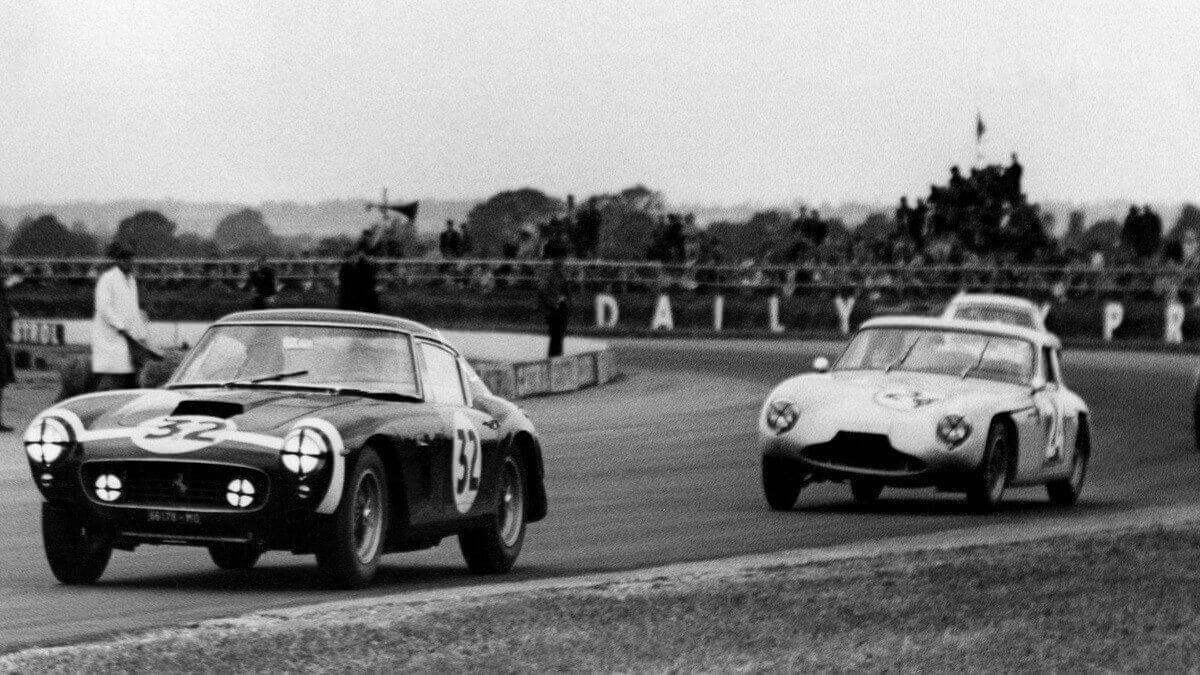

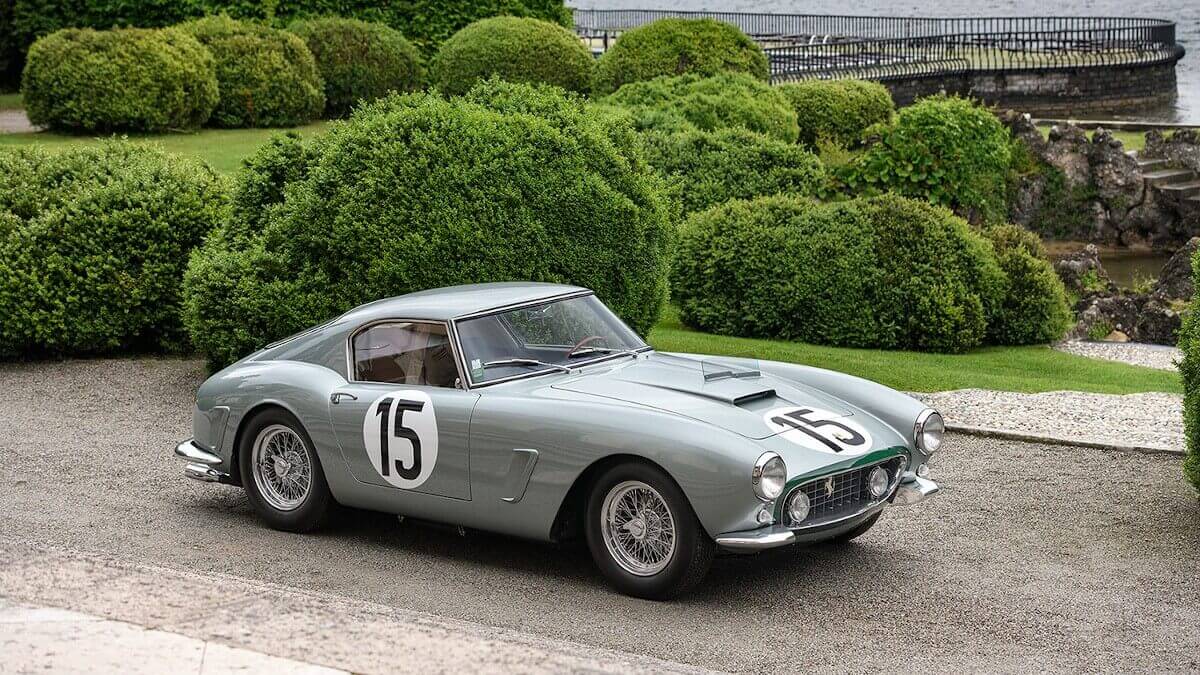

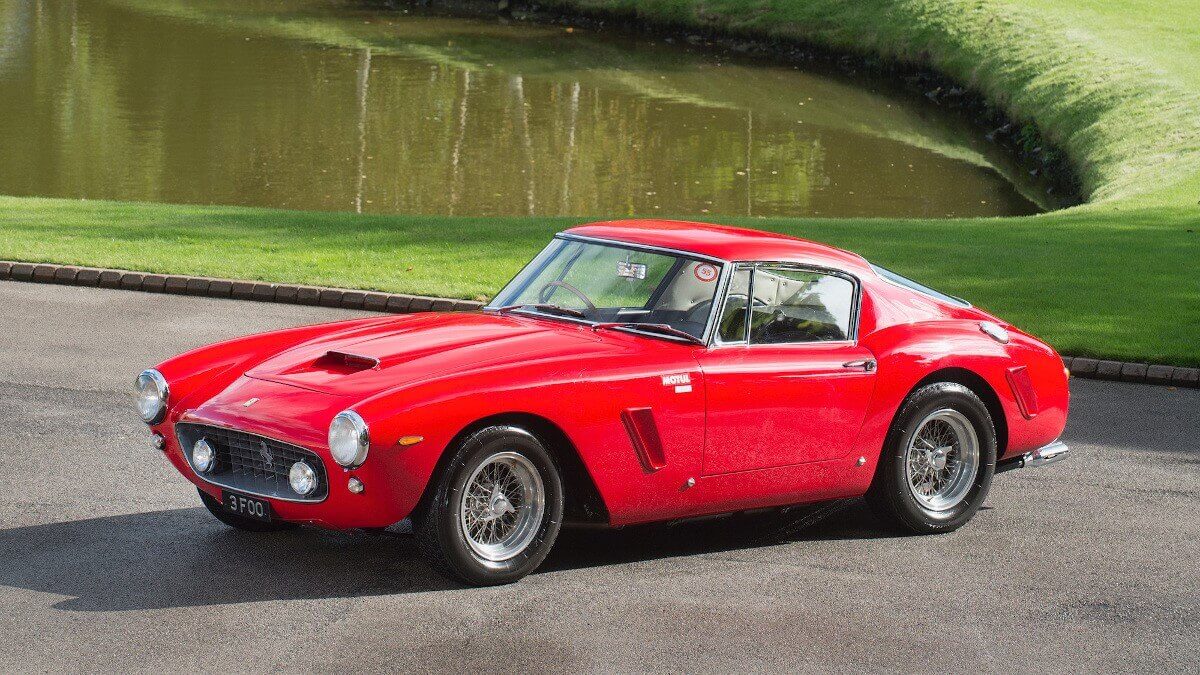

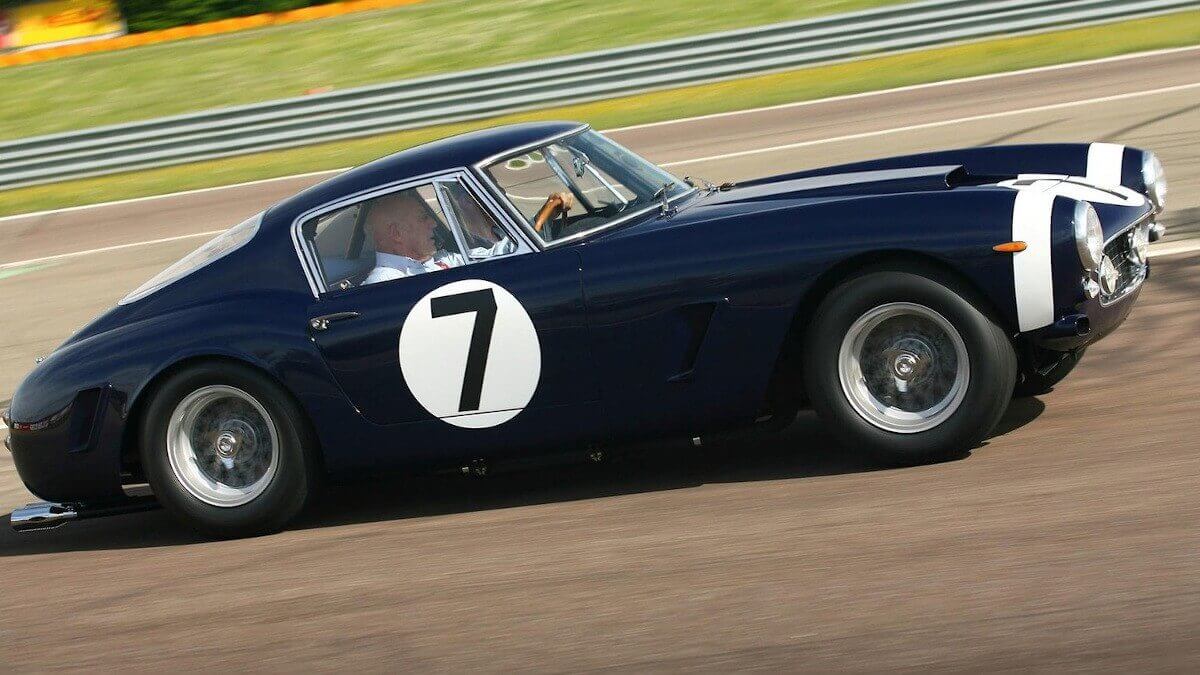

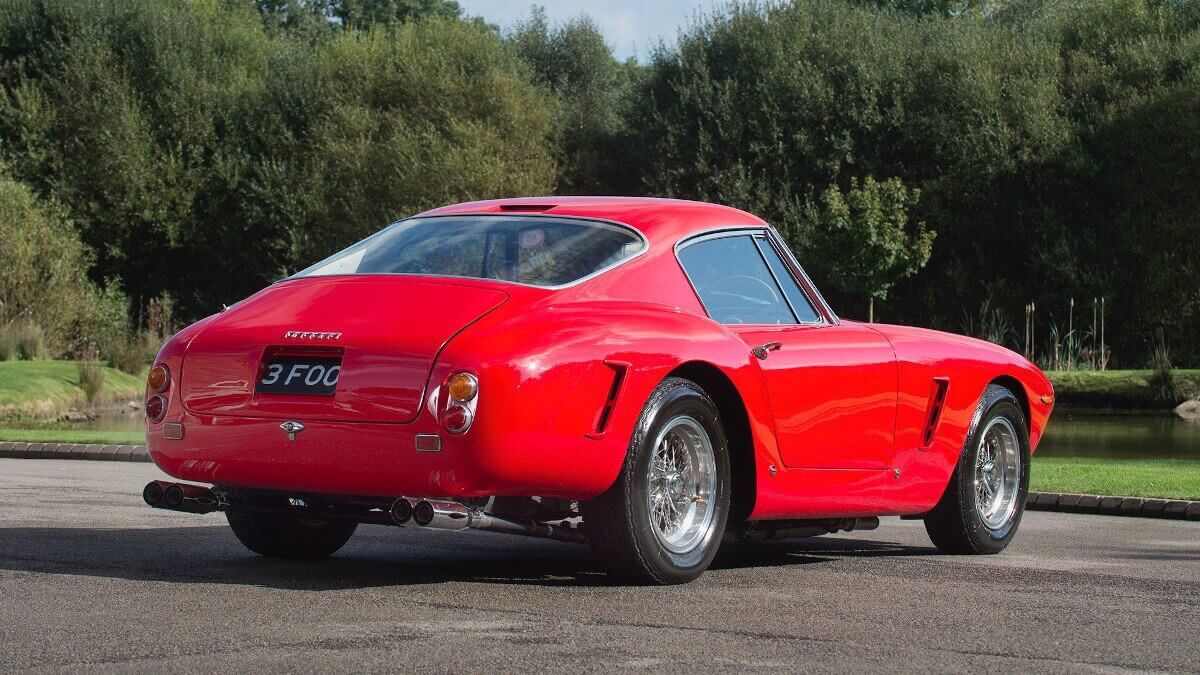

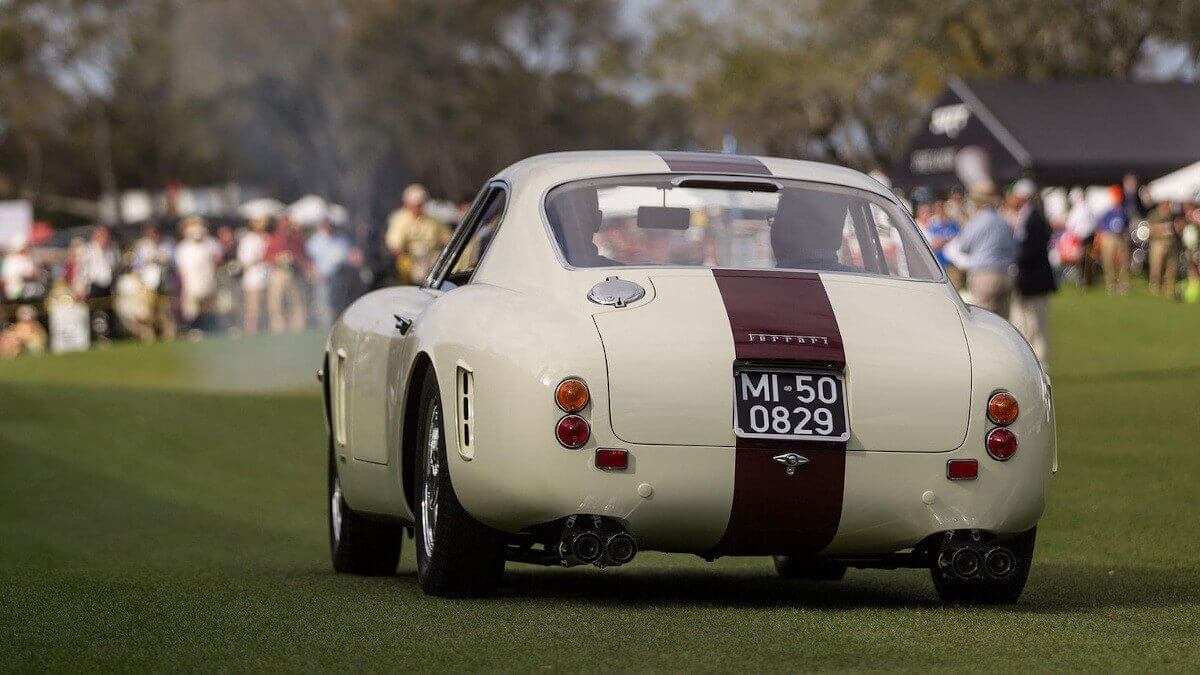

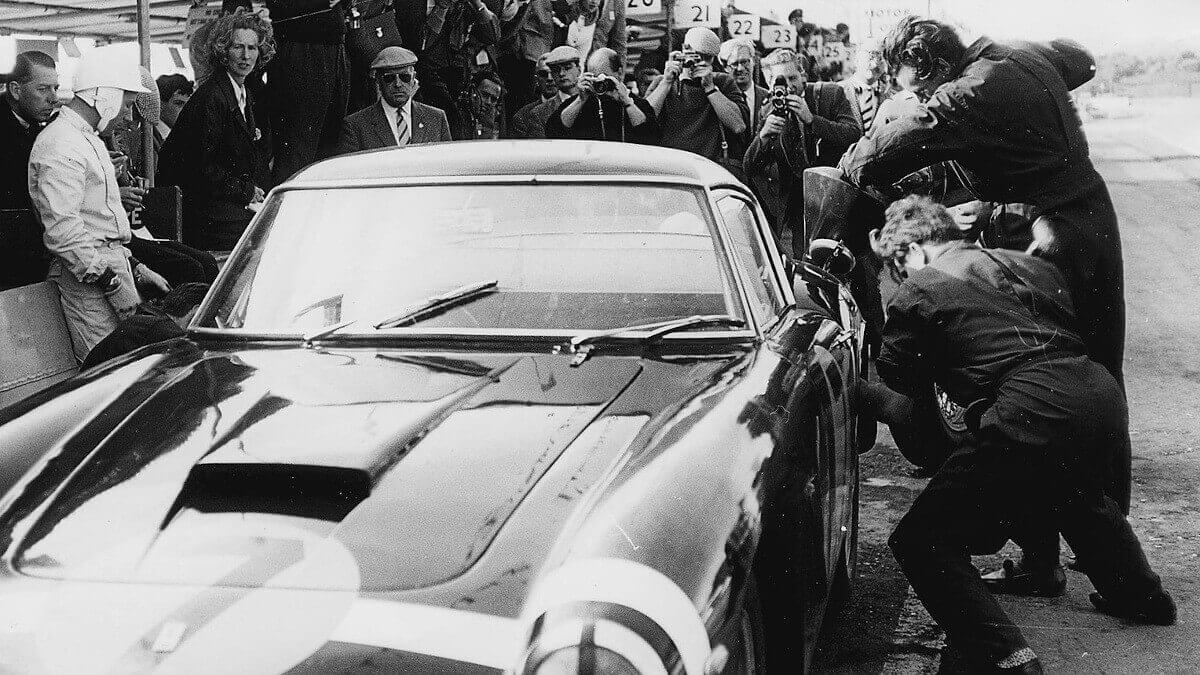

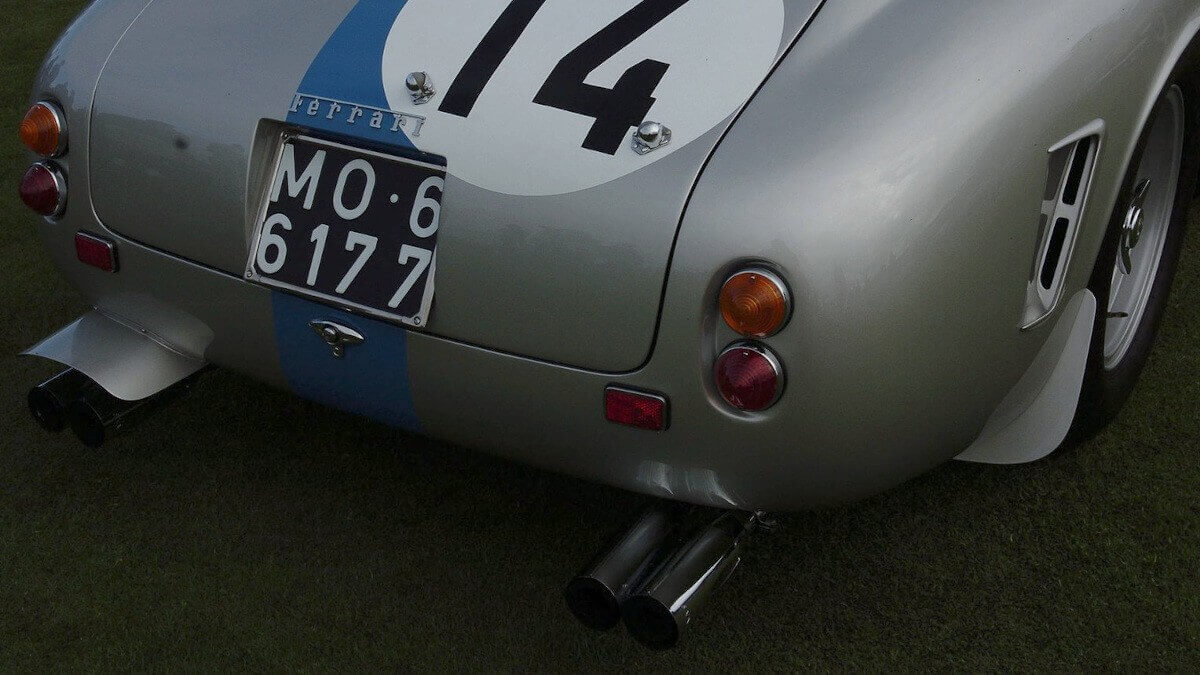

Today the 250 GT Berlinetta SWB is one of the most expensive production models from Ferrari and in great demand worldwide. At the Salon Privé at Blenheim Palace north of Oxford (5 to 8 September), this special sports car will be celebrated with its own class at the Concours d’Elegance. Eight cars compete for class victory. The start is made by the right-hand drive car with chassis number 3037 in the typical shade of red that most fans associate with Ferrari. This ‘Lusso’ was ordered in that color and with various ‘Competizione’ equipment ex works, including the racing seats and the quick release cap for the fuel tank. In 1961 the car was repainted dark grey, one year later it was repainted to blue. Apart from short detours to Europe and the USA, this car remained in Great Britain throughout and was returned to its original color a few years ago.
The second car announced by the organisers of the Salon Privé shows chassis number 2009 and was ordered in 1960 by the relatively well-known private racing driver Graham Whitehead from the dealer Maranello Concessionaires Ltd. He and later owners achieved various podium finishes with the car in the 1960s. In 2015 it was extensively restored with Ferrari Classiche in Maranello, including a Classiche Certificate. A further six exceptional specimens of the 250 GT SWB will be shown at the Concours.
Images: Ferrari, Salon Privé


